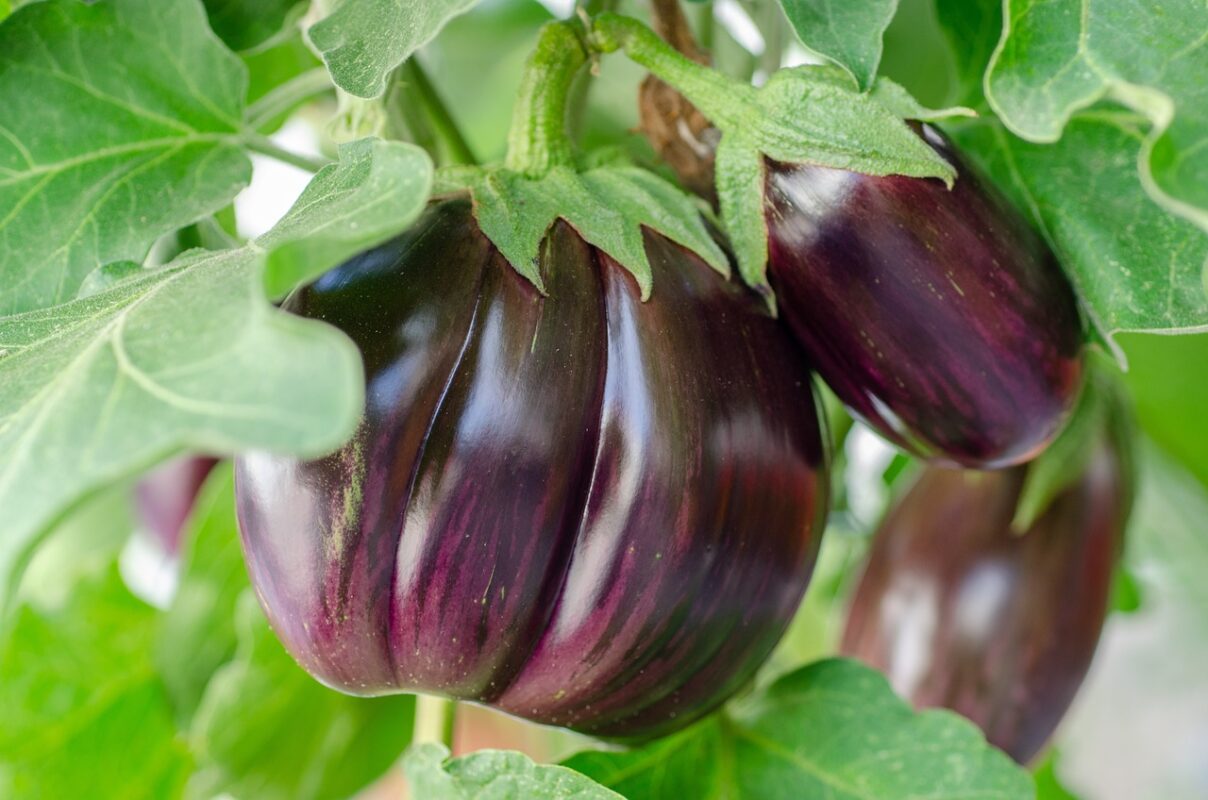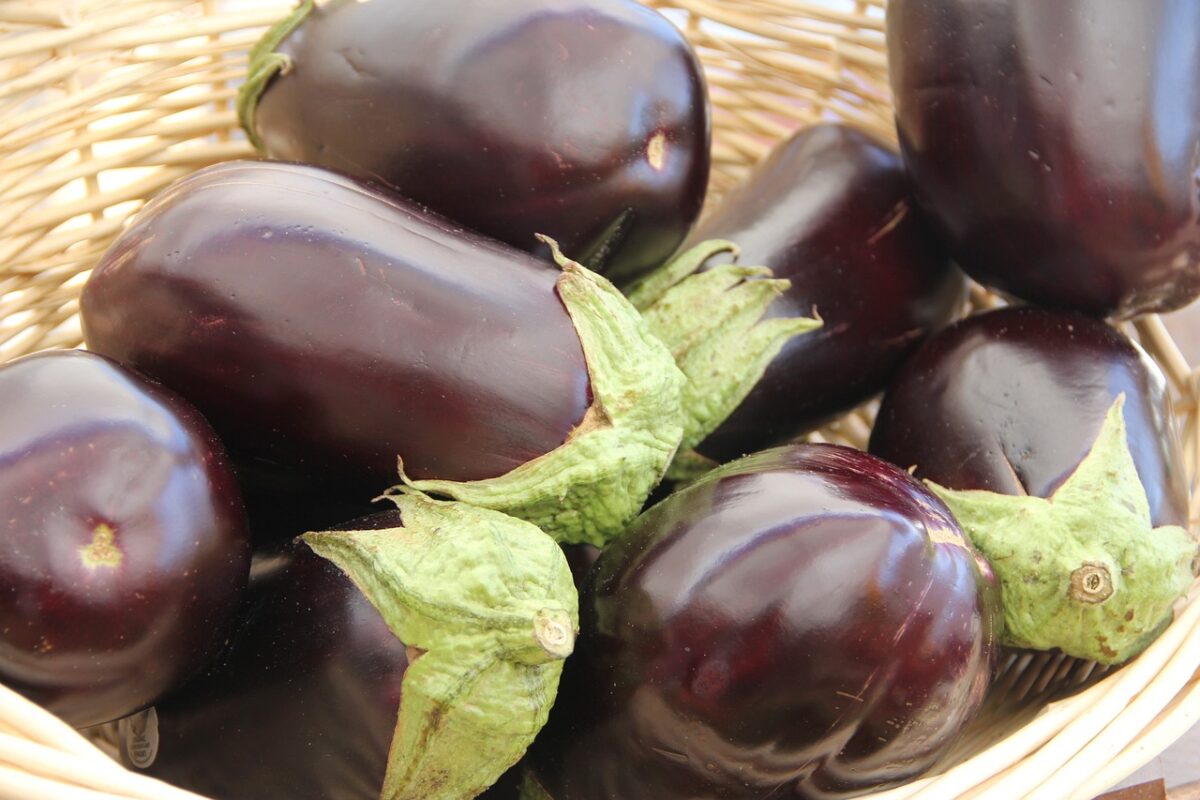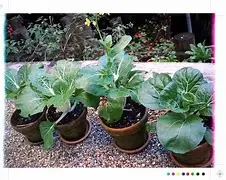Growing Eggplants: The Complete Guide for a Bountiful Harvest

Eggplants, with their versatility and rich taste, are a delightful addition to any garden. Eggplants are easy to cook, but my favorite ways are roasting them or including them in a curry to serve over rice. But before we eat them, we must be successful in growing eggplants. Cultivating these flavorful fruits is a rewarding journey that begins with understanding their unique needs.
Optimal Soil Conditions for Eggplant Success
For successful eggplant cultivation, the soil must be well-drained, loamy, and rich in organic matter. Aim for a pH level between 5.5 and 6.5, slightly acidic to neutral. Eggplants thrive in soil that’s loose, airy, and fertile. Adding compost or well-rotted manure boosts soil fertility and structure, providing a favorable environment for robust eggplant root growth. This ensures that valuable nutrients go into fruit production.

Ideal Planting Time For Eggplants
Eggplants require consistent moisture, but waterlogged soil should be avoided to prevent root rot. Water deeply but infrequently, ensuring the soil remains evenly moist. During hot weather, increase watering frequency to maintain adequate moisture levels. It is best to include a drip system or olla clay pot watering system, if possible.
The best time to plant eggplants is in the late spring or early summer when the soil has warmed up, typically around May or June in many regions. Planting in warm soil promotes rapid germination and early growth. Starting seeds indoors or in a greenhouse can increase your growing season, although eggplants have a fairly short growing window.
Recommended Fertilizer And Days To Harvest For Eggplants
For optimum growth, fertilize eggplants with a balanced fertilizer, such as 10-10-10, at planting time and then again every 4-6 weeks during the growing season. Organic options like fish emulsion or compost tea can also be beneficial. Eggplants are typically ready for harvest 60 to 80 days after planting, depending on the variety. Regularly inspect the fruits for their characteristic glossy sheen and firmness to determine readiness for harvest. Once you have firm, glossy, fruit, use garden shears to snip the stem right above the fruit.

Best Eggplant Varieties and Harvesting Months
Selecting the right eggplant variety is crucial. Consider varieties like Black Beauty, Ichiban, or Fairy Tale for reliable growth and exceptional taste. There are also different size options for eggplants either oblong or round shaped. Harvesting usually begins in late summer to early fall, continuing until the first frost. This period allows for a prolonged harvest and maximum utilization of the aubergine crop.
Conclusion
Growing eggplants can be a fulfilling experience, rewarding gardeners with a bountiful harvest of this versatile vegetable. By providing the right soil conditions, proper watering, timely fertilization, and choosing the best varieties, you can ensure a successful eggplant harvest. Start your aubergine journey and savor the delicious rewards straight from your garden!

